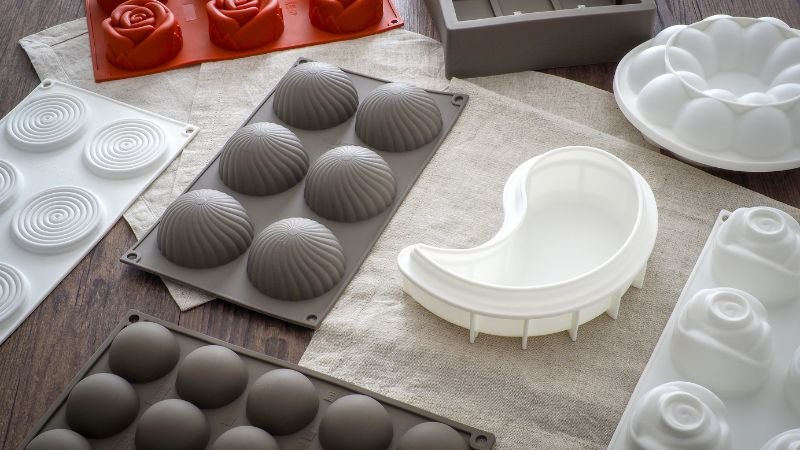Have you ever faced the frustrating problem of silicone sticking to surfaces where it’s not supposed to? This common issue plagues manufacturers and DIY enthusiasts alike, causing delays, product wastage, and increased costs. Whether you’re dealing with molds, seals, or any silicone-based product, the challenge of preventing unwanted adhesion can seem daunting. The reasons behind this sticking phenomenon are numerous, ranging from improper surface preparation to the inherent properties of silicone itself.
To effectively prevent silicone from sticking, the key lies in surface treatment and the use of release agents. Ensuring that surfaces are clean, dry, and properly coated with a suitable release agent can make all the difference. From simple home remedies to industrial-grade solutions, there are multiple strategies to combat this sticky situation. By adopting the right approach, you can significantly reduce the occurrence of sticking, streamline your processes, and achieve superior results.
Understanding the importance of this issue is crucial for anyone working with silicone.
What Causes Silicone to Stick?
Silicone’s sticking issue primarily arises from its high flexibility and low surface energy, making it inherently sticky. Factors contributing to this include incomplete curing, environmental conditions, and surface compatibility. For detailed information on silicone’s properties, Silicone Physical Properties offers comprehensive insights.
How Can Surface Preparation Prevent Sticking?
Proper surface preparation is pivotal. Cleaning the surface to remove any contaminants, dust, or residues ensures that the silicone adheres only where needed. Surface roughening can also enhance the effectiveness of release agents by increasing their surface contact area.

What Are the Best Release Agents for Silicone?
Choosing the right release agent is critical. Options range from simple cooking oils and soaps to specialized silicone release agents. Each has its advantages depending on the application and the required finish. Industrial options provide high-performance solutions for complex needs.
Does Temperature Affect Silicone Sticking?
Absolutely. Both the curing process and the final application’s temperature can influence sticking. Silicone behaves differently across temperatures, with its adhesive properties being affected by heat and cold. Adjusting the curing process or the operational temperature might be necessary.
How Long Should Silicone Cure to Minimize Sticking?
Curing time is crucial for silicone’s performance. Insufficient curing can lead to a tacky surface prone to sticking. While curing times vary, ensuring the manufacturer’s recommendations are followed is essential for optimal results.
Can Silicone Quality Affect Its Tendency to Stick?
Yes, the quality of silicone can significantly impact its sticking properties. Higher-quality silicones often have better formulated additives that reduce sticking. It’s vital to source silicone from reputable suppliers.
Are There Any Home Remedies to Prevent Silicone Sticking?
For non-industrial applications, several home remedies can be effective. These include cornstarch, vegetable oil, and even talcum powder. While not as durable as commercial products, they offer a quick fix for simple projects.
Conclusion
Preventing silicone from sticking is achievable with the right knowledge and materials. By understanding the causes and implementing effective solutions, you can ensure smooth, non-stick silicone applications every time.